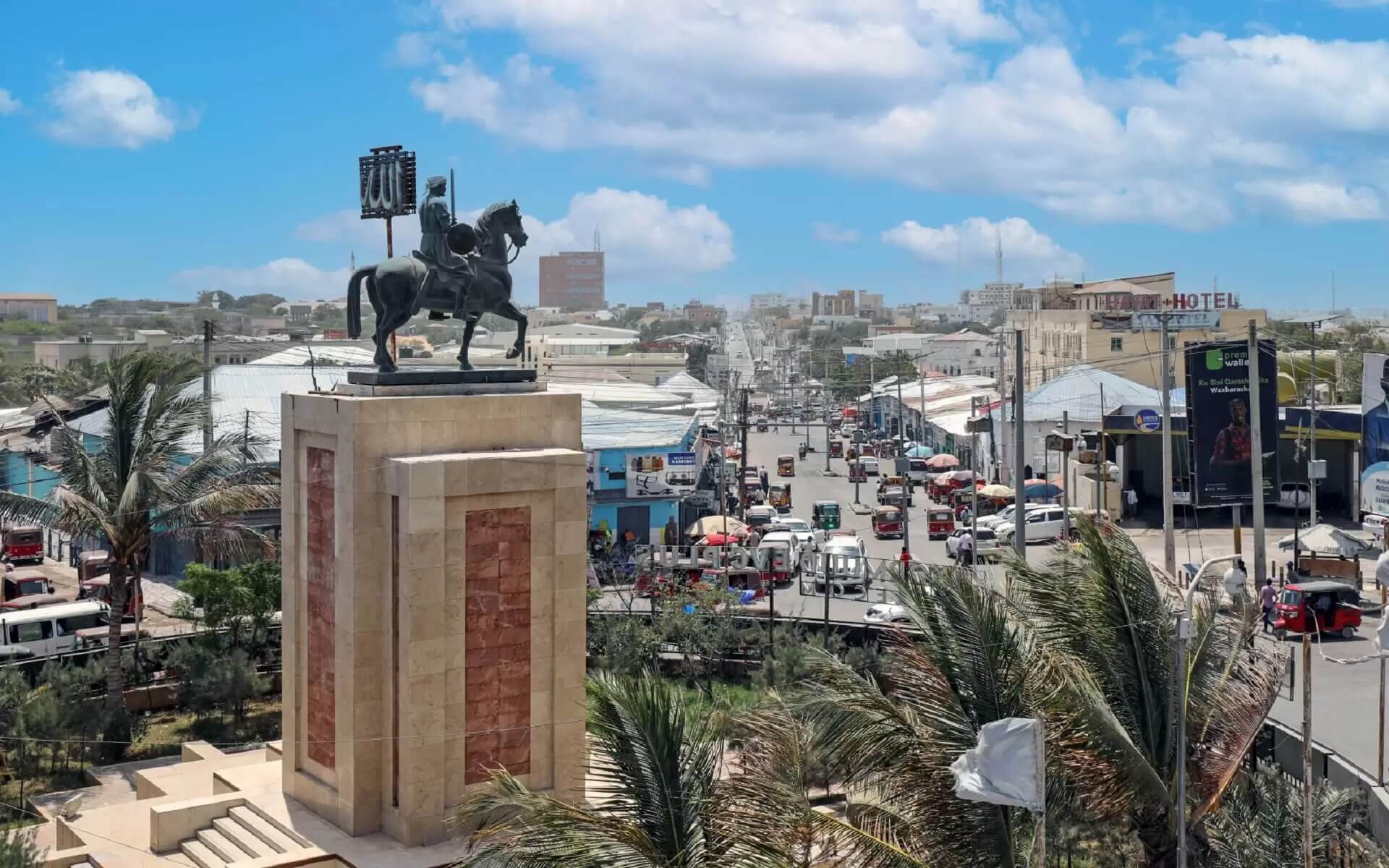[lwptoc]Somalia is a nation in the Horn of Africa. Its official name is the Federal Republic of Somalia. It is bounded on the west by Ethiopia, on the northwest by Djibouti, on the north by the Gulf of Aden, on the east by the Indian Ocean, and on the southwest by Kenya. Somalia has the longest coastline on the African continent, and its topography is mostly made up of plateaus, plains, and hills. Hot weather prevails all year, with occasional monsoon winds and sporadic rainfall.
Somalia has a population of around 10.8 million people. Approximately 85 percent of its population are ethnic Somalis, who have historically occupied the country’s northern region. The southern areas have a high concentration of ethnic minorities. Somali and Arabic are the official languages of Somalia, both of which are Afroasiatic languages. The bulk of the population is Muslim, with Sunnis being the majority.
Somalia was a significant trade center in antiquity. It is one of the most likely locations of the legendary ancient Land of Punt. Several major Somali dynasties controlled regional commerce during the Middle Ages, notably the Ajuran Empire, the Adal Sultanate, the Warsangali Sultanate, and the Geledi Sultanate. The British and Italian empires seized control of portions of the coast in the late nineteenth century through a series of treaties with these countries, establishing the colonies of British Somaliland and Italian Somaliland.
In the interior, Mohammed Abdullah Hassan’s Dervish State resisted the British Empire four times, forcing it to retreat to the coast, until surrendering to British airpower in 1920. The Italian adventurer Luigi Robecchi Bricchetti (1855–1926) created the toponym Somalia. After successfully conducting the so-called Campaign of the Sultanates against the governing Majeerteen Sultanate and Sultanate of Hobyo, Italy gained complete control of the northeastern, middle, and southern sections of the province. The Italian occupation lasted until 1941, when it was replaced by British military rule. British Somaliland would remain a protectorate, while Italian Somaliland became a United Nations Trusteeship, the Trust Territory of Somaliland, under Italian control in 1949. In 1960, the two areas merged to establish the autonomous Somali Republic, which was governed by a civilian administration.
In 1969, the Supreme Revolutionary Council took control and created the Somali Democratic Republic. This administration, led by Mohamed Siad Barre, fell apart in 1991, when the Somali Civil War broke out. In the power vacuum, many armed factions began fighting for control, notably in the south. Somalia was a “failed state” during this time period owing to the lack of a central administration, and inhabitants in most regions resorted to customary and religious rule. In the north, a few autonomous territories developed, notably the Somaliland, Puntland, and Galmudug administrations. In the early 2000s, nascent temporary federal administrations were formed.
The Transitional National Government (TNG) was formed in 2000, and the Transitional Federal Government (TFG) was formed in 2004, reestablishing national institutions such as the military. The TFG took control of most of the country’s southern war zones from the newly established Islamic Courts Union in 2006, with the assistance of Ethiopian forces (ICU). The ICU thereafter fragmented into more extremist organizations like Al-Shabaab, which fought the TFG and its AMISOM allies for control of the region.
By mid-2012, the militants had lost control of the majority of the land they had captured. In 2011–2012, a political process was begun to create benchmarks for the formation of permanent democratic institutions. In August 2012, a new interim constitution was enacted under this administrative framework, reforming Somalia as a federation. Following the expiration of the TFG’s temporary mandate the same month, the Federal Administration of Somalia, the country’s first permanent central government since the beginning of the civil war, was created, and a period of reconstruction in Mogadishu started. Somalia has maintained an informal economy based mostly on livestock, remittances from Somalis working in other countries, and telecommunications.


